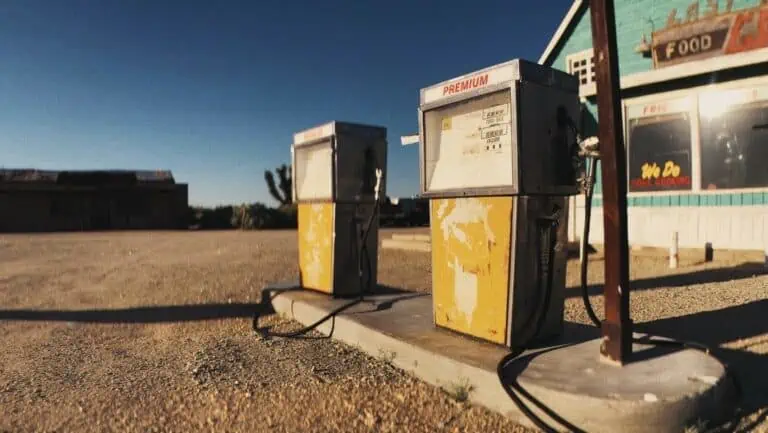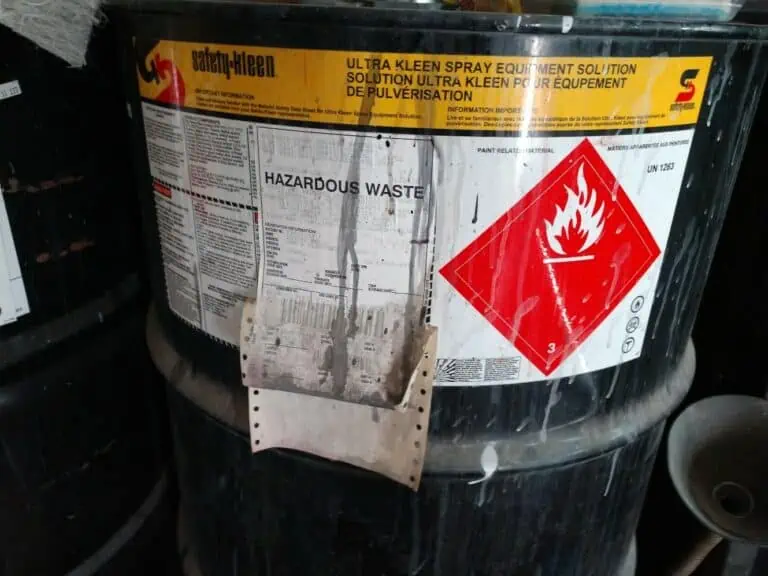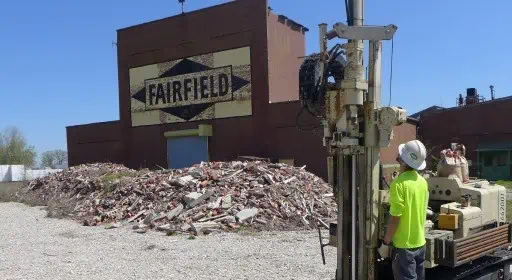A Phase 1 Environmental Site Assessment (ESA) is a report prepared for commercial real estate that identifies the potential for environmental contamination from hazardous chemicals. Phoenix Environmental provides accurate and easy-to-read Phase 1 ESA reports that follow the latest ASTM Phase 1 ESA standard for environmental due diligence.


A Phase 1 ESA report includes a visual inspection of the subject property and adjoining property, interviews with site owners, past owners or neighbors, and examination of relevant government records to identify recognized environmental conditions (RECs). RECs are environmental “red flags” that identify potential or known contamination that could impact the property. Examples of common RECs include leaking petroleum underground storage tanks, orchards, shooting ranges, autobody shops, and dry cleaning facilities.
Depending on your risk tolerance for real estate transactions, be it buying, selling, divesting, or refinancing and the requirements of your bank, some form of environmental due diligence (EDD) may be needed. The typical first step in the EDD process is a Phase 1 ESA. Other EDD may be appropriate depending on the amount of the loan, your risk tolerance, or your lender’s risk tolerance.

For lower cost, non-suspect properties, alternative environmental assessments may be conducted. This includes desktop reviews, records search and risk assessment, transaction screens, or mini-Phase 1 ESAs (aka, limited environmental review). These are lower-cost alternatives to a Phase 1 ESA that provide some environmental background on a property; however, they do not offer the same level of risk protection. If you have concerns about historic chemical use onsite, a Phase 1 ESA is often a better choice.
Not necessarily. An ASTM Phase 1 ESA scope of work is limited to CERCLA (Superfund) issues. However, other environmental issues outside of CERCLA such as petroleum impacts from gas stations and a variety of other environmental concerns are frequently discovered and will be detailed within the Phase 1 report.
Identifying asbestos-containing building materials, lead-based paint, mold, wetlands, indoor air quality, environmental compliance, property condition assessments, and industrial hygiene issues are considered “Business Environmental Risks” and are non-scope activities under an ASTM Phase 1 ESA. Our clients frequently need assistance with these activities. As such, we can conduct these assessments during the Phase 1 ESA if they are needed.

A Phase 1 ESA has a shelf life of six months. If the report was issued six months ago an update may be conducted. If a year has passed since the Phase 1 ESA was issued, a new Phase 1 ESA will be needed.
Depending on the use of the property, a follow-up Phase 1 ESA should be considerably less expensive since much of the information researched previously (e.g., historic maps, aerials, city directories, and other historic documents) will remain the same.
No. The sampling of soil, air, groundwater, and/or building materials is typically not conducted during a Phase 1 ESA. These activities, if needed, are performed during a Phase 2 ESA.
If you pursue a SBA loan you may need some form of environmental due diligence (EDD). Phoenix Environmental has extensive experience conducting environmental due diligence activities in compliance with the SBA’s most recent environmental guideline SOP 50 10 5. Services typically required for SBA include desktop reviews, records research and risk assessment (RSRA), transaction screens, Phase 1 ESA, Phase 2 ESA, and lead risk assessments. We have experience helping buyers and lenders with each of these environmental services.

If a Phase 1 ESA or other due diligence identified a known or potential environmental release a Phase 2 ESA may be needed. A Phase 2 ESA uses the information in the Phase 1 ESA to select locations for environmental sampling in areas of concern, in order to confirm suspected contamination.
Not necessarily. A Phase 2 ESA will determine if contamination is present in a specific area on a property. For example, if empty drums with dead vegetation and staining is encountered during a Phase 1 ESA, the purpose of the Phase 2 would be to determine if the material in the drums has been released into the environment. This typically includes a number of soil borings and monitoring wells to collect samples from soil and groundwater, respectively.
© 2023 Phoenix Environmental. All Rights Reserved.